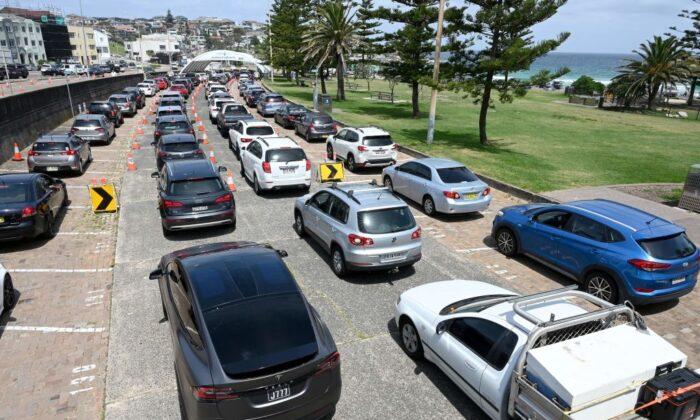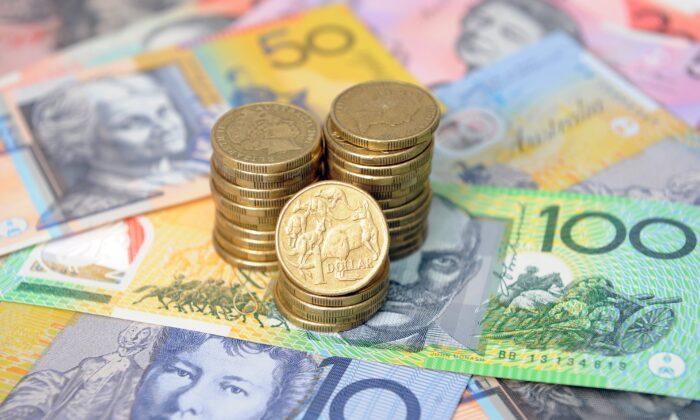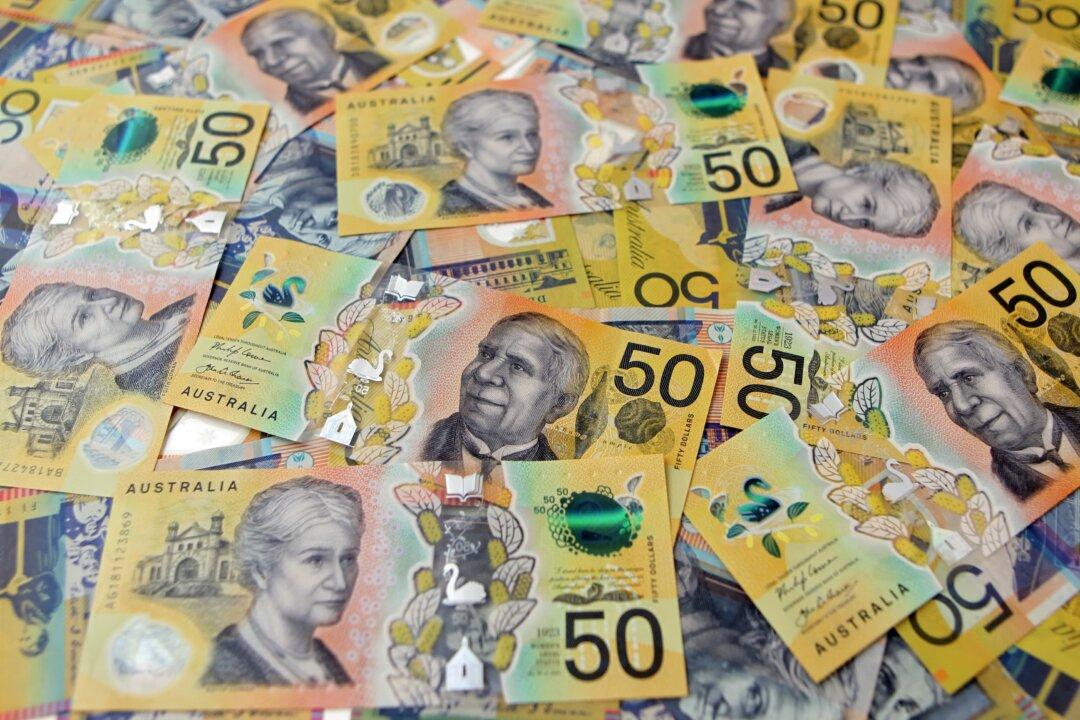Australians already facing cost-of-living pressures are now bracing for further financial strain as the Albanese government’s New Vehicle Efficiency Standard (NVES) takes effect, warns Opposition Leader David Littleproud.
Introduced on Jan. 1, the policy sets pollution benchmarks for car manufacturers, imposing penalties of $100 for every gram of CO₂ per kilometre that exceeds the limit.
Nationals Leader David Littleproud criticised the NVES, saying it would significantly increase vehicle prices.
“The government’s bringing in the Vehicle Emissions Standards, and what they’re saying is they expect every Australian—bar about one or two percent of us—to be driving EVs by 2050, which is nonsense,” he told Sky News.
Challenges for the Auto Sector
Matt Hobbs, Chief Executive of the Motor Trades Association of Australia (MTAA), raised concerns about the challenges the NVES poses to manufacturers.“The targets in the Bill will present substantial challenges for car companies, highlighting the need for ongoing review,” Hobbs said.
While federal budget measures have offered some support, more is needed to help automotive retailers adapt.
Research commissioned by MTAA and the Australian Automotive Dealer Association (AADA) forecasts significant hurdles for major manufacturers in meeting the NVES by 2029.
The study, conducted by Blue Flag, reveals that the top three Original Equipment Manufacturers (OEMs), responsible for 400,000 sales in 2023, will struggle to meet the stringent CO2 emissions targets without major model and powertrain adjustments.
Data shows that 19 of 49 OEMs will face severe challenges, and an additional 18 will likely fall short.
Government Defends Emissions Targets
Minister for Climate Change and Energy, Chris Bowen, defended the NVES, emphasising its environmental and economic benefits.“The New Vehicle Efficiency Standard will reduce emissions from new passenger vehicles by more than 60 percent by 2030,” he stated.
Bowen also noted the policy’s potential to save motorists money.
“Motorists are predicted to save around $95 billion in fuel alone by 2050, with transport sector CO2 emissions expected to be reduced by around 321 million tonnes,” he said.
He dismissed opposition claims, stating, “The Liberals and Nationals have opposed this at every step, preferring Australia remain with Russia as one of the only advanced economies not to ensure people have more access to cheaper-to-run cars.”
The policy applies only to new vehicles, which Bowen said would increase Australians’ access to a broader range of petrol, diesel, hybrid, and electric vehicles.
Meanwhile, to boost electric vehicle uptake, the Albanese government launched a $150 million scheme offering low-interest loans for EVs.
Targeting essential workers and those earning under $100,000, the initiative provides rates up to 5 percent lower, potentially saving buyers over $8,000 on a $40,000 loan over seven years.







